In the minutes of February 1 meeting, RBA reiterated that it “will not increase the cash rate until actual inflation is sustainably within the 2 to 3 per cent target band.” It’s “too early to conclude that it was sustainably within the target band”. There were uncertainties about “how persistent the pick-up in inflation would be as supply-side problems were resolved” and “wages growth also remained modest”. The central bank is “prepared to be patient”.
Omicron outbreak “had affected the economy, but had not derailed the recovery”. The economy was “resilient” and was expected to “pick up as case numbers trended lower”. Job market had “recovered strongly” with central forecasts seeing unemployment to fall to “levels not seen since early 1970s”. Wages growth was expected to pick-up, buy only gradually.
Inflation had “picked up more quickly than the Bank had expected”, but was still “lower than in many other countries”. “Some moderation” in inflation was expected as “supply problems were resolved.” Stronger growth in labour costs was expected to become the “more important driver of inflation”. The central forecast was for underlying inflation to be within the target band over both 2022 and 2023.
A decision about reinvestment of asset purchases would be made at the May meeting, with the key considerations being the “state of the economy and the outlook for inflation and unemployment.”




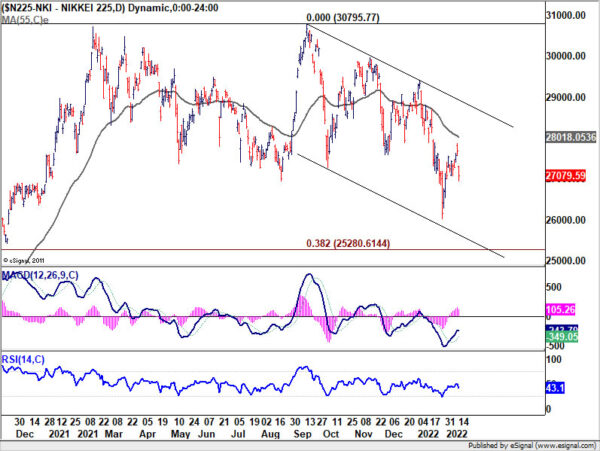
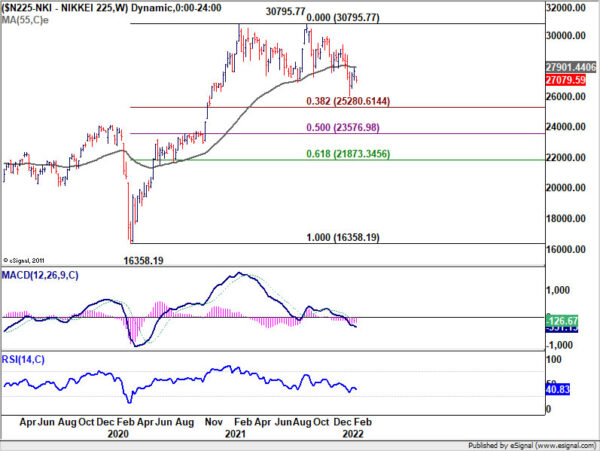
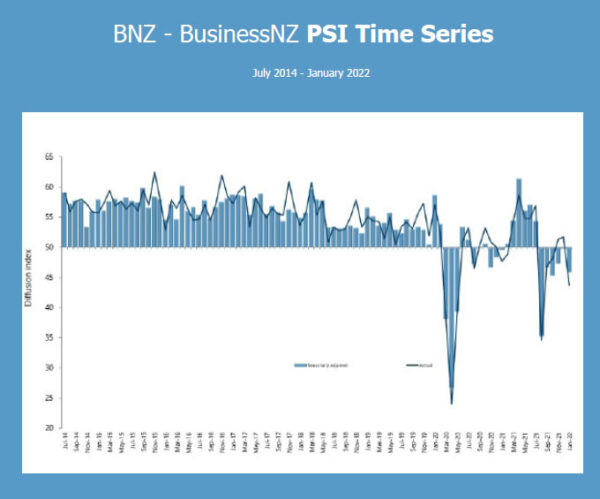
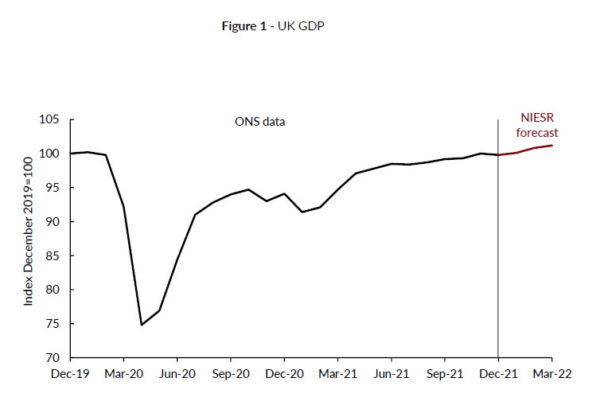
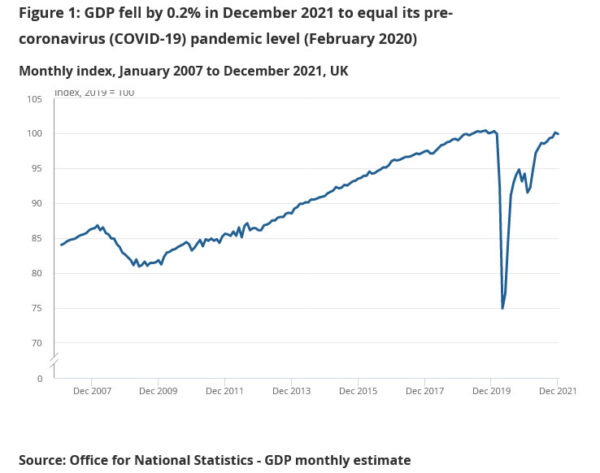
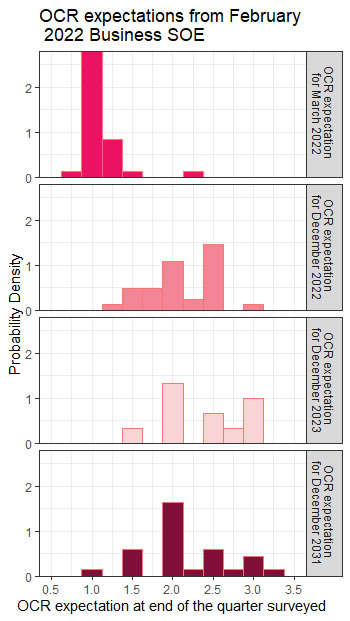
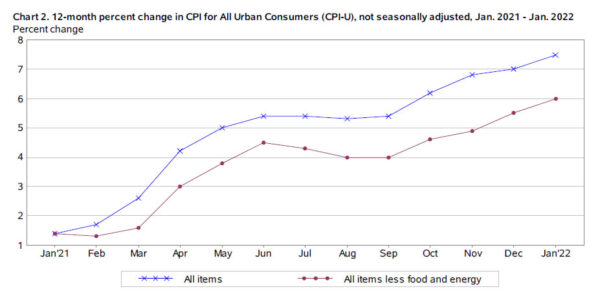
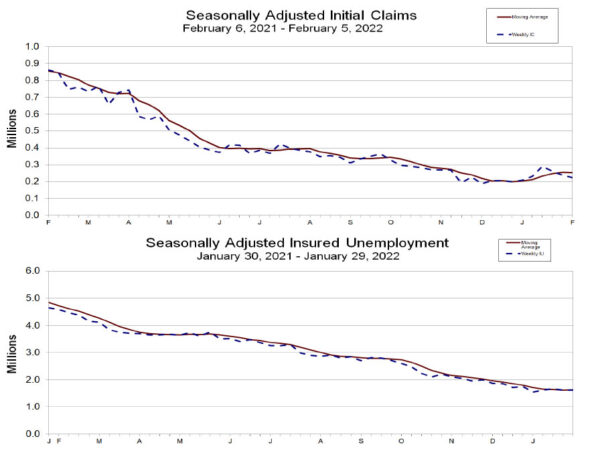

Gold upside breakout, ready for 1916 resistance
Gold rises further to as high as 1878.84 so far today. The break of 1877.05 resistance indicates resumption of whole rally from 1682.60. Further rally will be expected as long as 1850.63 support holds. 1916.30 resistance is the next target and break there will pave the way to 100% projection of 1682.60 to 1877.05 from 1752.12 at 1946.57.
More importantly, sustained break of 1946.57 will affirm the case that whole medium term correction from 2074.84 has completed at 1682.60, after hitting 38.2% retracement of 1046.27 to 2074.84. That is, retest of 2074.84 should be seen next with prospect of resuming the long term up trend at a later stage.